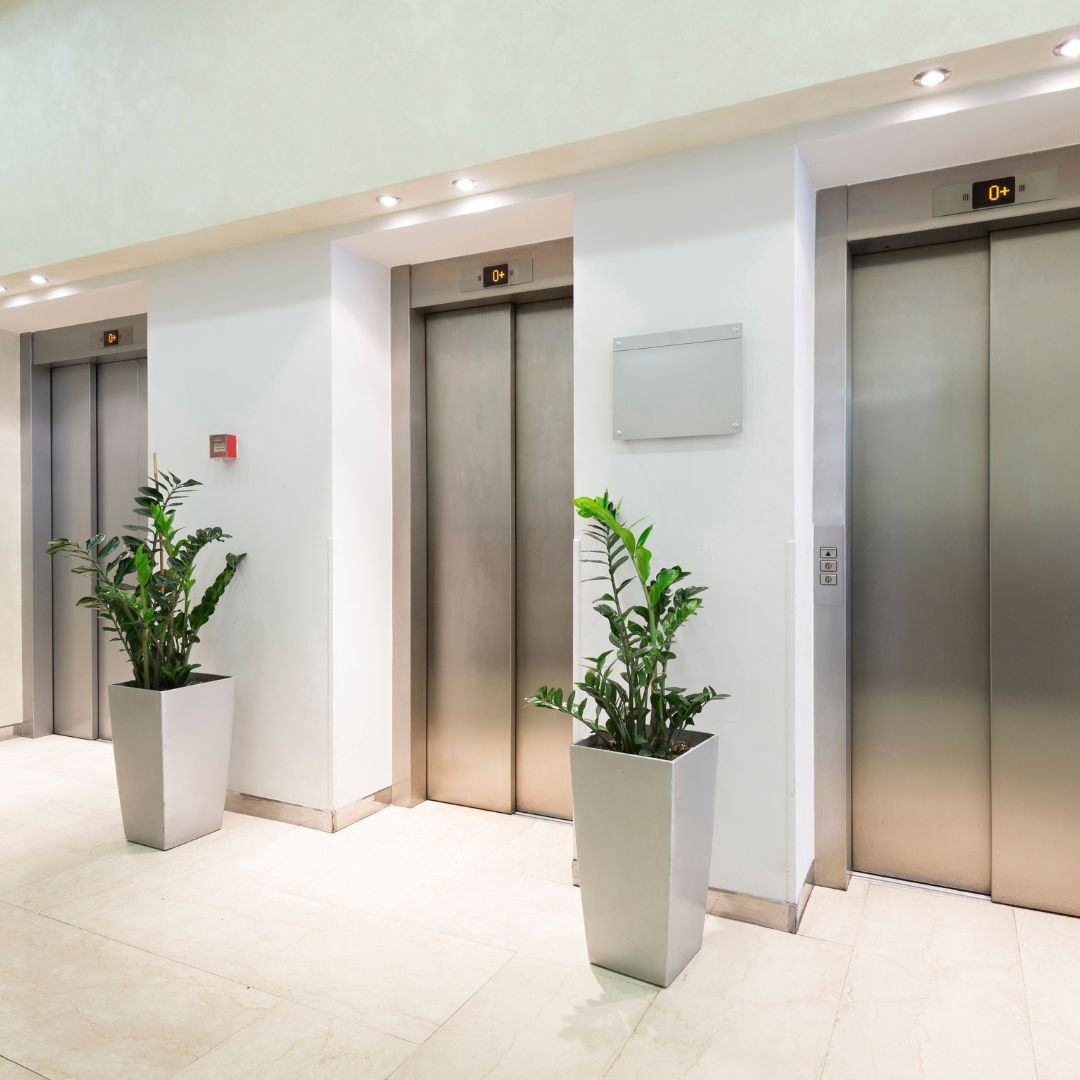Articles and Publications
Examining the Case of Schindler Elevator Corporation v. Darren Ceasar: A Breakdown of the Texas Supreme Court’s Decision
August 15, 2023

John Parsons
Dallas
Though Applied Rarely, A Res Ipsa Instruction On A Jury Charge Can Spell Disaster.
The Texas Supreme Court ruled recently that a trial court abused its discretion by including a res ipsa loquitur instruction on a jury charge and remanded the case back for a new trial. The case was Schindler Elevator Corporation v. Darren Ceasar, and the Supreme Court decided that the conclusory testimony of Plaintiff’s expert failed to satisfy established res ipsa elements.
Darren Ceasar was vacationing in Beaumont, Texas, and staying at the MCM Elegante Hotel. While taking one of the hotel’s passenger elevators to his seventh-floor room, Ceasar alleged that the elevator ascended past the seventh floor to the ninth floor, where it came to a jarring stop, which caused lumbar injuries and PTSD, for which he brought suit. The primary issue at trial was whether the incident was caused by Schindler’s negligent maintenance of the elevator. At trial, the jury found against Schindler in a 10-2 verdict and awarded Ceasar more than $800,000 in actual damages. Schindler appealed and challenged the jury verdict,[1] but the court of appeals affirmed.[2] The Supreme Court then granted Schindler’s petition for review.
In analyzing the issue, the Supreme Court acknowledged that res ipsa is a doctrine that applies only rarely, “when the way in which an accident occurred furnishes circumstantial evidence of the defendant’s negligence,”[3] the classic example being when a foreign object is left in a patient after surgery.[4] The court noted that there were two mandatory elements in order for the doctrine of res ipsa to apply:
- The character of the accident must be such that it would not ordinarily occur in the absence of negligence; and
- The instrumentality causing the injury must be shown to have been under the management and control of the defendant.[5]
Evidentiary support for the “type of accident” and “control” elements, the court said, was the minimum requirement for a res ipsa instruction, and would not entitle the plaintiff to an instruction in every instance. In addition, a thorough analysis of the facts is required in order to determine the doctrine’s application in a given case.[6] The court further noted with respect to the facts of Schindler that, although it had approved application of res ipsa in a prior elevator case,[7] “the mere occurrence of an unintended acceleration [involving a car, e.g.] is no evidence that a vehicle is defective.”[8] Against that legal background, the court examined Plaintiff’s evidence in support of the application of res ipsa, which was solely dependent on the testimony of his expert witness.
In support of the first element, Ceasar retained J.R. Freeman as an elevator expert. On direct examination during his deposition, Freeman was asked whether it was normal for a properly functioning elevator to go to the wrong floor, and in his experience whether that type of incident would normally occur if maintenance was being done properly. Freeman responded that it would not, but otherwise failed to articulate a sufficient basis for his opinion. Additionally, Freeman readily admitted on cross-examination that there were other potential reasons why an elevator might stop the way it did in Cesar’s case, such as door lock issues and engagement of stop switches as examples. The court, furthermore, emphasized that Ceasar’s counsel was required to elicit from Freeman the basis for his assertions that properly maintained elevators ordinarily don’t malfunction.[9] Because counsel did not do so, Freeman’s statements were deemed conclusory, offering no evidence to support the allegation that an elevator ordinarily does not malfunction in the absence of negligence.[10] The inclusion of the res ipsa instruction on the jury charge, the court reasoned, probably caused the rendition of an improper verdict, and the case was remanded for a new trial.[11]
[1] In addition to Schindler’s challenge to the inclusion of a res ipsa instruction on the jury charge, Schindler’s appeal raised several other issues, including “the court’s admission and exclusion of evidence, its management of discovery, and its imposition of discovery sanctions on Schindler.” This article examines the res ipsa issue only.
[2] See 666 S.W.3d 25 (Tex.App.—Beaumont 2021).
[3] See Schindler Elevator Corporation v. Darren Ceasar, No. 22-0030 (TX S.Ct., February 1, 2023), pg. 4.
[4] Id. at pg. 5, citing Walters v. Cleveland Reg’l Med. Ctr., 307 S.W.3d 292, 297 (Tex. 2010).
[5] See, e.g., Haddock v. Arnspiger, 793 S.W.2d 948, 950 (Tex. 1990).
[6] Schindler, at pg. 6.
[7] Bond vs. Otis Elevator Co., 388 S.W. 2d 681, 684 (Tex. 1965). In Bond, the plaintiff, who was injured when an elevator went into a “free fall,” sued the building owner and the company that manufactured, sold, installed, and contracted with the building owner to inspect and maintain the elevator. The Supreme Court upheld the appellate court’s application of res ipsa loquitur because, as the court noted, an elevator going into a free fall does not ordinarily occur in the absence of negligence. Id. at 684. Because there was joint control over the elevator, the building owner was also held vicariously liable. Id. at 685. But see, Sanders v. Naes Central, Inc., 498 S.W.3d 256, 261 (Tex. App. – Houston [1st Dist.] 2016, no pet.) ([P]resence of other defendants potentially responsible for faulty design, manufacture and installation of the elevator precludes application of res ipsa when any one of multiple defendants, wholly independent of each other, might have been responsible for the injury.)
[8] Schindler, at pg. 7.
[9] Id. at pg. 10.
[10] Id. at pg. 11. The court of appeals did not address Schindler’s challenge to the res ipsa instruction, pointing out that there was a separate ‘circumstantial evidence’ instruction in the charge. Freeman had also testified that Schindler had inadequately serviced and repaired an SDI control board, and the appellate court reasoned that a jury could have independently found that that was the cause of the incident without relying on the res ipsa instruction. The inclusion of the instruction was thus deemed harmless. The Supreme Court disagreed and noted – in addition to plaintiff’s counsel’s discussion of res ipsa’s lower standard of proof during closing argument – that a circumstantial evidence instruction allows the jury to make reasonable inferences from the evidence presented, but a res ipsa instruction allows the jury to find negligence where there is no evidence of a breach of duty of care, only evidence that an accident would not normally have happened absent negligence.
[11] Id. at pg. 14.

Explore
related services
Etiam porta sem malesuada magna mollis euismod. Nullam quis risus eget urna mollis ornare vel eu leo. Vestibulum id ligula porta felis euismod semper.